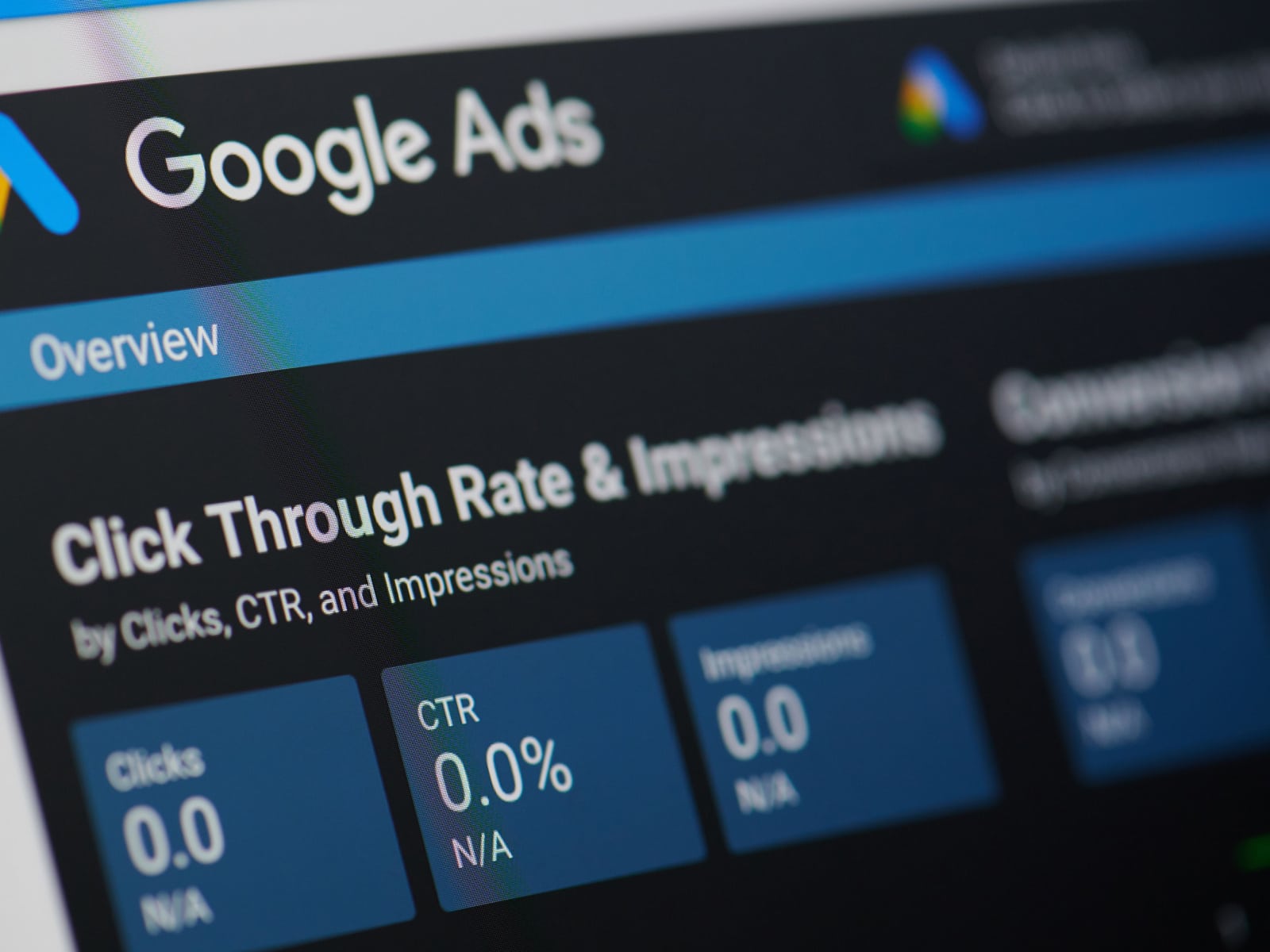Maximizing Reach with Google Ads
"Unlock the power of Google Ads! Explore effective strategies for sponsored ads and higher search rankings. Dominate your online presence now!"

In the ever-evolving landscape of digital marketing, Google Ads stands out as a powerful tool for businesses aiming to increase their online visibility and drive targeted traffic. Let’s embark on a journey into the realm of Google Ads and unravel the strategies to effectively pay for sponsored ads or achieve higher search rankings.
Understanding Google Ads:
Google Ads, formerly known as Google AdWords, is a pay-per-click (PPC) advertising platform that allows businesses to display ads on Google’s search engine results pages (SERPs) and across the Google Display Network. This platform operates on a bidding system, where advertisers bid on keywords relevant to their business. When users search for these keywords, ads are displayed, and advertisers pay a fee when the ad is clicked.
Why It Matters:
Google Ads provides businesses with a direct and targeted way to reach potential customers actively searching for products or services. By understanding how Google Ads functions, businesses can strategically position themselves in front of a relevant audience, increasing the likelihood of attracting potential customers.
How to Get Started:
To kickstart your Google Ads journey, create an account on the Google Ads platform. Perform keyword research to identify the terms your audience is searching for. Craft compelling ad copy that aligns with your business goals, and set a budget that suits your advertising objectives. Google Ads’ user-friendly interface guides you through the setup process, making it accessible even for beginners.
Crafting Compelling Ad Copy:
The heart of a successful Google Ads campaign lies in crafting ad copy that not only grabs attention but also compels users to take action. A well-crafted ad should be concise, relevant, and tailored to the searcher’s intent.
Why It Matters:
Compelling ad copy increases the chances of users clicking on your ad, driving traffic to your website or landing page. Google rewards ads with higher click-through rates (CTR) by improving their Quality Score, a metric that influences ad position and cost-per-click.
How to Achieve It:
Understand your target audience and address their pain points or desires in your ad copy. Utilize persuasive language, highlight unique selling propositions, and include a clear call-to-action (CTA). Regularly test different ad variations to identify what resonates best with your audience.
Maximizing Ad Extensions:
Ad extensions are additional pieces of information that enhance your ad and provide more value to users. Examples include site link extensions, callout extensions, and location extensions.
Why It Matters:
Ad extensions make your ads more informative and engaging, potentially increasing your ad’s visibility and user interaction. They also contribute to a higher Quality Score, positively impacting ad rankings and costs.
How to Implement It:
Identify which ad extensions align with your business objectives. If you have a physical location, consider adding location extensions to promote local visibility. Use callout extensions to highlight special offers or unique selling points. Regularly review and update your ad extensions to keep the information current and relevant.
Setting an Effective Budget:
One of the key elements in a successful Google Ads campaign is setting a budget that aligns with your advertising goals. Proper budget allocation ensures that your ads are visible to the right audience without overspending.
Why It Matters:
A well-defined budget prevents unnecessary expenditure and allows you to control costs while maximizing the impact of your ads. This is especially crucial for small businesses or those with limited marketing budgets.
How to Achieve It:
Start by determining your advertising goals, whether it’s brand awareness, lead generation, or driving sales. Set a daily or monthly budget based on your business objectives. Monitor your campaign’s performance and adjust your budget allocation accordingly. Google Ads provides insights and recommendations to help you make informed decisions.
Monitoring and Optimization:
Continuous monitoring and optimization are integral to the success of your Google Ads campaign. Regularly reviewing performance metrics and making data-driven adjustments ensure your ads remain effective over time.
Why It Matters:
The digital landscape is dynamic, and user behavior evolves. Monitoring and optimizing your campaign allow you to stay ahead of changes, refine targeting strategies, and improve overall campaign performance.
How to Achieve It:
Regularly analyze key performance indicators (KPIs) such as CTR, conversion rate, and Quality Score. Identify underperforming keywords or ads and make adjustments. A/B testing different ad variations, adjusting bid strategies, and refining targeting options contribute to ongoing optimization.
Leveraging Google Analytics:
Integrating Google Ads with Google Analytics provides a holistic view of your campaign’s performance and user behavior on your website. This integration enhances your ability to make informed decisions based on comprehensive data.
Why It Matters:
Google Analytics offers valuable insights into user interactions, allowing you to understand the effectiveness of your campaign in terms of user engagement, conversions, and other critical metrics.
How to Achieve It:
Ensure your Google Ads and Google Analytics accounts are linked. Utilize Google Analytics to track user behavior on your website, measure conversion goals, and assess the overall impact of your ads. Leverage this information to refine your targeting, optimize landing pages, and improve the overall user experience.
In conclusion, navigating the world of Google Ads requires a strategic approach and a keen understanding of its functionalities. By comprehending the core elements—such as campaign setup, ad copy crafting, ad extensions, budgeting, monitoring, and analytics integration—businesses can harness the full potential of Google Ads to achieve their marketing objectives. Whether you’re a novice advertiser or seeking to refine your existing strategy, the insights shared here serve as a roadmap to unlocking success within the realm of Google Ads.